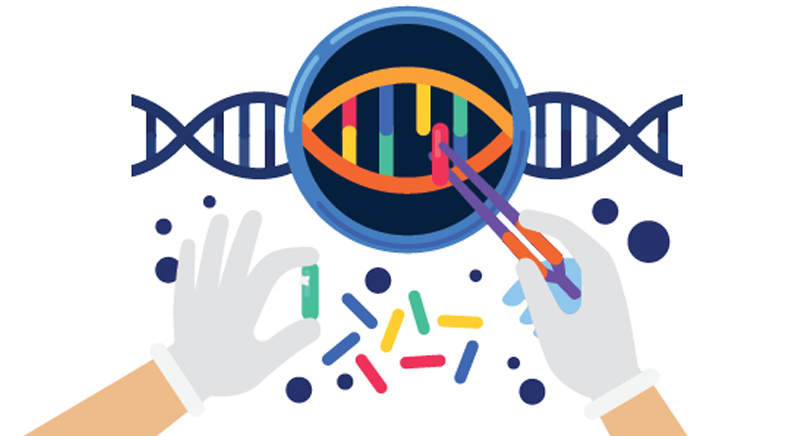Mind your language
-
- from Shaastra :: vol 01 issue 02 :: Mar - Apr 2022

In the absence of semantic precision, the language of genetic engineering runs the risk of wilful misrepresentation of the science.
Announcing the Human Genome Project's initial results back in June 2000, President Bill Clinton declared: "Today, we are learning the language in which God created life." Such triumphalist phrasing is both narrowly correct and broadly misleading. Biology's "god language" is written in a script that we can now transcribe into letters (A, C, T, and G), but we only know what a fraction of the resulting "words" mean. Two decades after being "mapped", the 20,000-or-so entries in our genome "dictionary" remain mostly blank.
Likewise, claims that we now know life's code are a stretch. And misleading semantic mutations lurk in expressions like genetic engineering and gene editing. These lexical laxities risk pop science malpractice.
For instance, most "precision gene editing" stories focus on amazing DNA capabilities while not conveying that that's far from all you need for real editing or engineering. When molecular biologists use words like editing, engineering, coding, and programming, they're using technical jargon only loosely analogous to ordinary meanings that are not remotely realistic in molecular biology.
Can you really edit a language you don't understand? Above the level of gene-words, towering uncracked complexities remain: much about the syntax of cellular "sentences" is unknown. True, we can "cut and paste" DNA sequences, but we are far from fluent in even the basics of biochemical grammar or the vast libraries of longer texts/scripts that orchestrate life.
PAST ISSUES - Free to Read


Have a
story idea?
Tell us.
Do you have a recent research paper or an idea for a science/technology-themed article that you'd like to tell us about?
GET IN TOUCH














